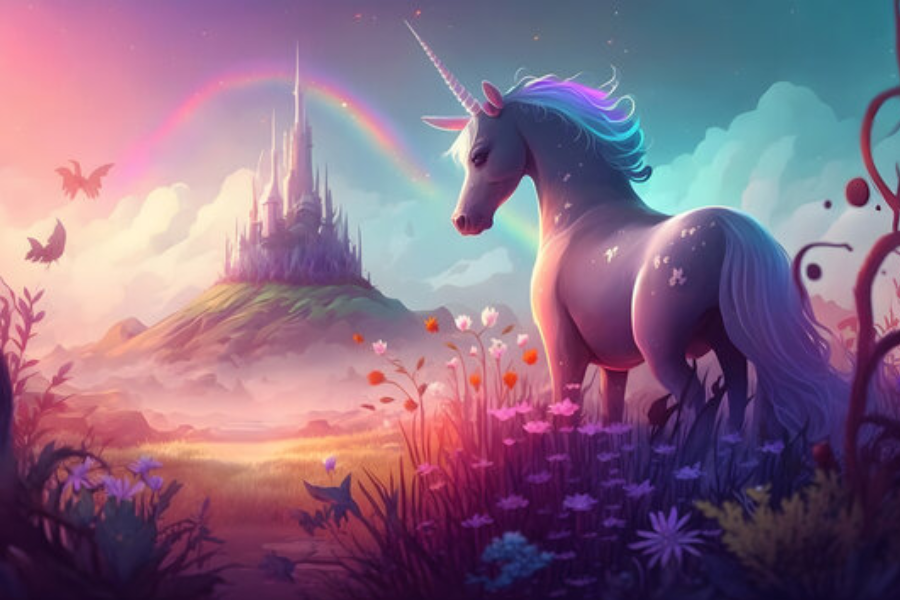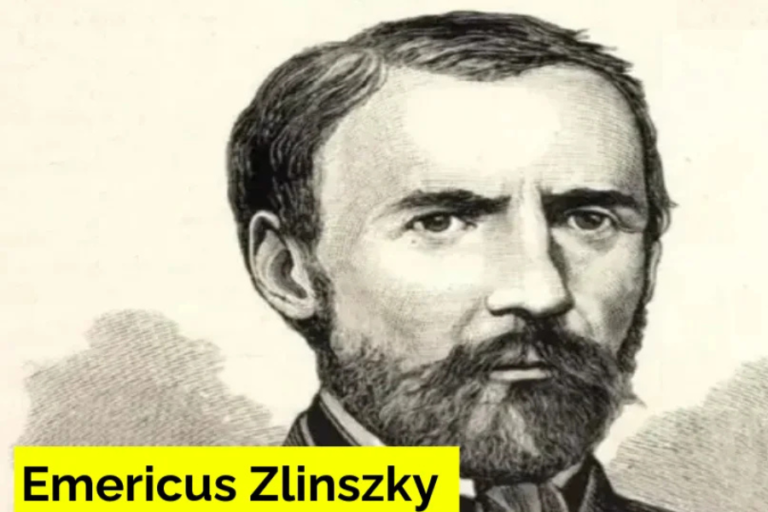Ünikorn: The Legendary Legend Rejuvenated
The ünikorn, an emblem of ethereal grace and uniqueness, has fascinated human imagination for centuries. Often depicted as a majestic horse with a single spiraling horn on its forehead, the unicorn transcends mere fantasy, symbolizing purity, virtue, and wonder. This article delves into the rich tapestry of unicorn lore, tracing its historical origins, exploring its cultural significance, and examining its enduring presence in modern times.
The Origins of the Unicorn Myth
Ancient Beginnings
The unicorn’s legend can be traced back to ancient civilizations, where early representations hinted at its mythical nature. In Mesopotamian art and literature, one-horned creatures were symbols of power and nobility. These early depictions likely influenced subsequent myths and legends. Similarly, the Indus Valley Civilization, known for its advanced culture, featured unicorn-like creatures on their seals and artifacts, highlighting the animal’s early significance in human history.
Greek and Roman Influences
The unicorn myth gained considerable momentum during Greek and Roman times. Greek historian Ctesias, known for his accounts of distant lands, described a creature in India resembling a horse with a single horn. This portrayal, combined with Roman fascination with exotic animals, solidified the unicorn’s place in Western folklore. These ancient accounts contributed to the unicorn’s evolving legend, transforming it from a regional myth into a symbol of mystery and enchantment across different cultures.
Medieval and Renaissance Imagery
During the Middle Ages and Renaissance, the unicorn emerged as a powerful symbol of purity and grace. In Christian iconography, the unicorn was often depicted as a representation of the Virgin Mary and divine purity. Its horn, believed to possess magical properties, became a symbol of virtue and innocence. Medieval tapestries and artworks frequently depicted unicorns in allegorical contexts, enhancing their association with religious and moral lessons.
Unicorns in Mythology and Culture
European Folklore
In European folklore, unicorns were imbued with mystical powers and magical attributes. Their horns, known as alicorns, were believed to neutralize poisons and cure diseases. This belief led to a lucrative but fraudulent trade in unicorn horns, which were often misidentified narwhal tusks or rhinoceros horns. The allure of the unicorn’s supposed powers fueled these myths and contributed to the animal’s legendary status.
Asian Traditions
Asian cultures also revere their versions of the unicorn. In Chinese mythology, the Qilin is a unicorn-like creature symbolizing good fortune and prosperity. With the body of a deer, the tail of an ox, and a single horn, the Qilin represents a harmonious blend of various animals, embodying virtues such as peace and longevity. Similarly, the Japanese Kirin is a sacred and gentle creature associated with tranquility and protection. These Asian interpretations of the unicorn highlight its universal appeal and the diverse ways in which different cultures have embraced the legendary animal.
The Unicorn in Modern Pop Culture
Literature and Film
Unicorns have secured a beloved place in contemporary literature and film. From C.S. Lewis’s enchanting “The Chronicles of Narnia” to J.K. Rowling’s magical “Harry Potter” series, unicorns continue to captivate audiences with their mystical charm. Films such as “The Last Unicorn” and the popular animated series “My Little Pony” further cement the unicorn’s status as a cherished figure in modern culture. These portrayals not only revitalize the unicorn but also introduce its magic to new generations of fans.
Art and Fashion
The unicorn’s influence extends into contemporary art and fashion, where its whimsical allure is celebrated through various designs. Unicorn-inspired motifs are prevalent in clothing, accessories, and home decor, appealing to both children and adults. The pastel colors and fantastical elements associated with unicorns have made them a trendy and captivating theme in the fashion industry. This modern embrace of unicorn symbolism reflects ongoing relevance and fascination in a world that continually seeks wonder and imagination.
Online and Social Media Presence
In the digital age, the unicorn has found a vibrant presence on social media platforms. The hashtag #unicorn boasts millions of posts on Instagram, showcasing everything from unicorn-themed cakes to hair color trends. This online phenomenon highlights the unicorn’s enduring popularity and its ability to inspire creativity and engagement in the digital realm. Social media provides a new avenue for fans to celebrate and share their love for the mythical creature, reinforcing its status as a contemporary icon.
The Symbolism of the Unicorn
Purity and Innocence
Throughout history, the unicorn has symbolized purity and innocence. Its elusive nature and the belief that it cannot be captured or tamed contribute to its image as a pristine and unattainable being. The unicorn’s association with virginity and moral ideals is well-established in its historical depictions, reflecting its role as a symbol of pure beauty and virtue.
Magic and Fantasy
Unicorns are synonymous with magic and fantasy, embodying the enchantment and wonder that exist beyond the ordinary. Their mystical appearance and the magical powers attributed to them make them perfect symbols for the fantastical and the unknown. Unicorns remind us of the magic that lies just beyond the reach of our everyday reality, encouraging us to dream and imagine.
Hope and Inspiration
In modern times, the unicorn has come to represent hope and inspiration. Its unique and beautiful form serves as a reminder to embrace individuality and believe in the impossible. The unicorn’s enduring appeal lies in its ability to inspire and uplift, offering a symbol of hope and excitement in a world that often seeks comfort in fantasy.
Revitalizing the Myth
Unicorn-Themed Events
Unicorn-themed events and celebrations have become popular worldwide, celebrating the magic and whimsy of these legendary creatures. From vibrant unicorn parades to creative themed parties, these events offer immersive experiences that allow people to engage with the unicorn mythos in a fun and festive setting. Such gatherings provide opportunities for enthusiasts of all ages to connect with the unicorn legend in an enjoyable and lively manner.
Unicorn Merchandise
The demand for unicorn-themed products continues to grow, reflecting the creature’s widespread appeal. Toys, clothing, stationery, and home decor items featuring unicorn designs are readily available, allowing fans to incorporate a touch of unicorn magic into their daily lives. This proliferation of unicorn-themed merchandise highlights the creature’s lasting impact and its ability to captivate audiences across various domains.
Virtual Reality and Gaming
Advancements in technology have brought unicorns into the virtual realm, offering interactive and immersive experiences for fans. Virtual reality (VR) experiences and video games featuring unicorns allow players to explore enchanted forests, embark on magical quests, and even ride unicorns in digital worlds. These technological innovations provide new ways for enthusiasts to engage with the unicorn myth and experience its magic firsthand.
Conclusion
The legend of the unicorn remains a captivating and inspiring force in human culture. From its ancient origins to its modern resurgence, the unicorn represents purity, magic, and hope. Whether through literature, art, or digital media, the mythical unicorn continues to enchant and delight, reminding us of the timeless allure of the fantastical. As we celebrate the unicorn’s enduring presence, we are reminded of the power of legend and the joy it brings to our lives.
Facts
- Origins: The unicorn’s legend dates back to ancient civilizations, including Mesopotamian art and the Indus Valley Civilization.
- Greek and Roman Influence: Greek historian Ctesias described a one-horned creature in India, which, along with Roman interest in exotic animals, contributed to the unicorn’s legend in Western folklore.
- Medieval Symbolism: In the Middle Ages and Renaissance, unicorns symbolized purity and grace, often associated with the Virgin Mary and divine innocence.
- European Folklore: Unicorns were believed to have magical powers, such as curing diseases with their horns, leading to the fraudulent trade of unicorn horns.
- Asian Traditions: In Chinese mythology, the Qilin and in Japanese mythology, the Kirin are unicorn-like creatures symbolizing good fortune, peace, and protection.
- Modern Pop Culture: Unicorns appear in contemporary literature and film, such as C.S. Lewis’s “The Chronicles of Narnia” and J.K. Rowling’s “Harry Potter” series, as well as in art, fashion, and social media.
- Symbolism: Unicorns represent purity, magic, hope, and inspiration, serving as symbols of dream and imagination.
- Revitalization: Unicorn-themed events, merchandise, and virtual reality experiences have contributed to the ongoing popularity and relevance of unicorns.
Summary
The unicorn, a symbol of ethereal grace and mystique, has captivated human imagination for centuries. Originating from ancient civilizations like Mesopotamia and the Indus Valley, the unicorn myth evolved through Greek and Roman accounts, medieval symbolism, and European folklore. It has been revered in Asian cultures, where creatures like the Qilin and Kirin share similarities with the unicorn. In modern times, unicorns continue to enchant through literature, film, art, and social media, embodying themes of purity, magic, and hope. Events, merchandise, and technological innovations further celebrate and rejuvenate the unicorn myth, showcasing its timeless allure and impact on contemporary culture.
FAQs
1. What are the origins of the unicorn legend?
- The unicorn’s origins can be traced back to ancient civilizations, including Mesopotamia and the Indus Valley Civilization, where one-horned creatures were depicted as symbols of power and nobility.
2. How did Greek and Roman cultures influence the unicorn myth?
- Greek historian Ctesias described a creature in India resembling a unicorn, and Roman fascination with exotic animals helped cement the unicorn’s place in Western folklore.
3. What was the significance of unicorns during the Middle Ages and Renaissance?
- Unicorns symbolized purity and grace, often associated with the Virgin Mary in Christian iconography. Their horns were believed to have magical properties, symbolizing virtue and innocence.
4. How are unicorns represented in Asian cultures?
- In Chinese mythology, the Qilin and in Japanese mythology, the Kirin are unicorn-like creatures representing good fortune, peace, and protection.






